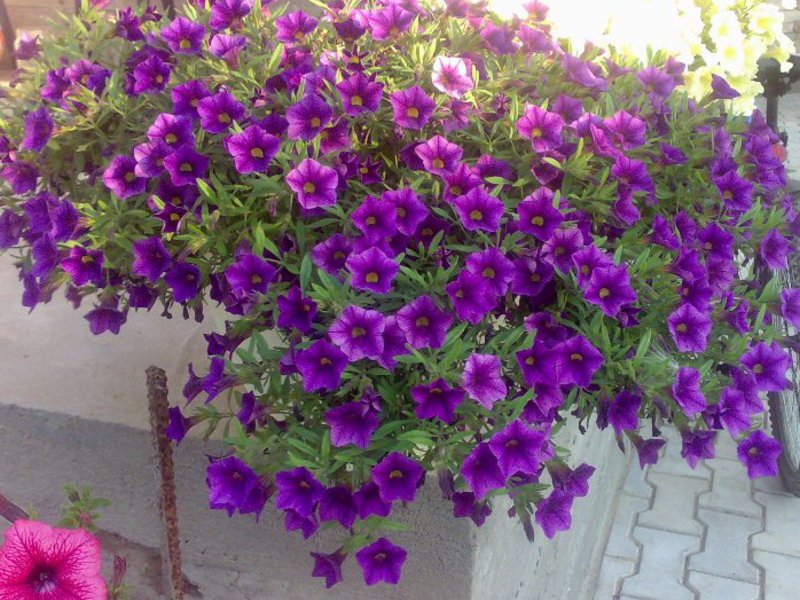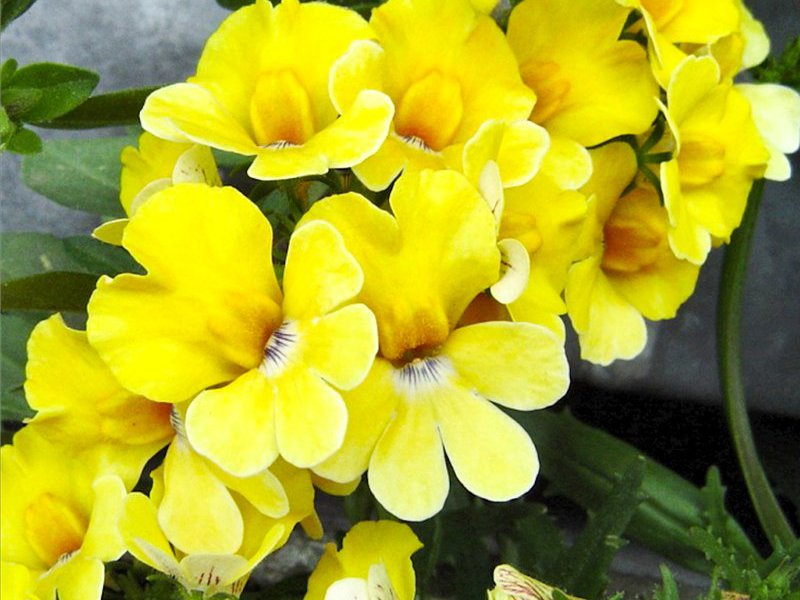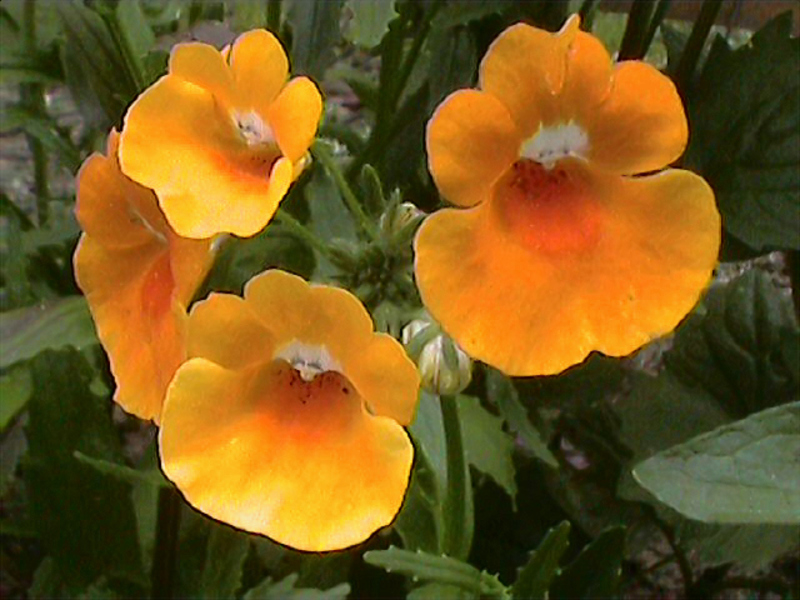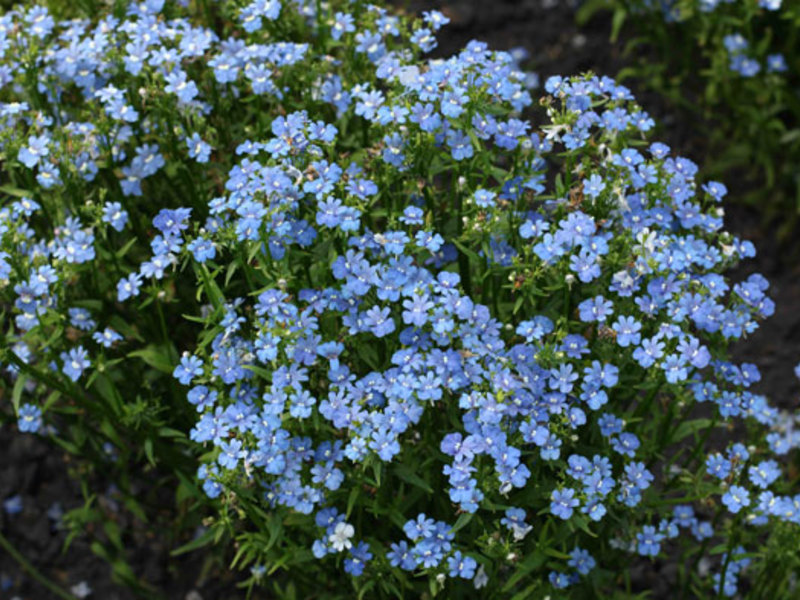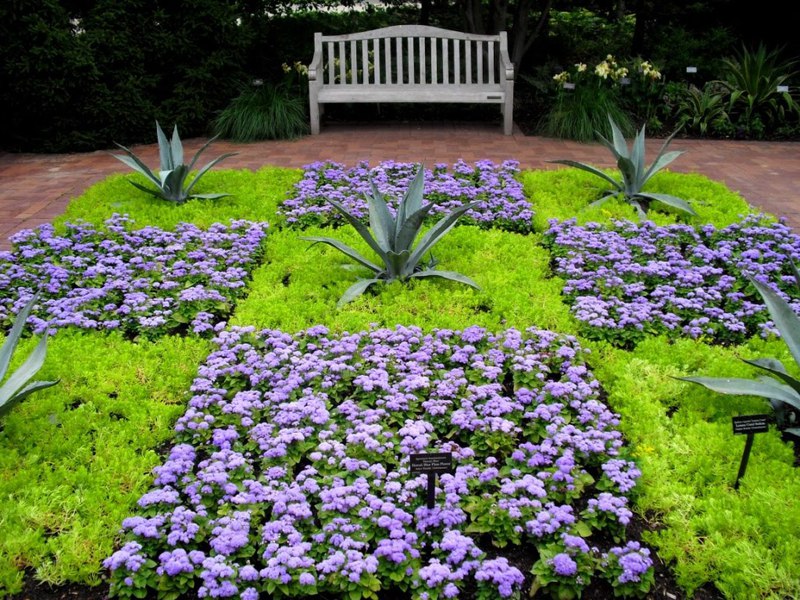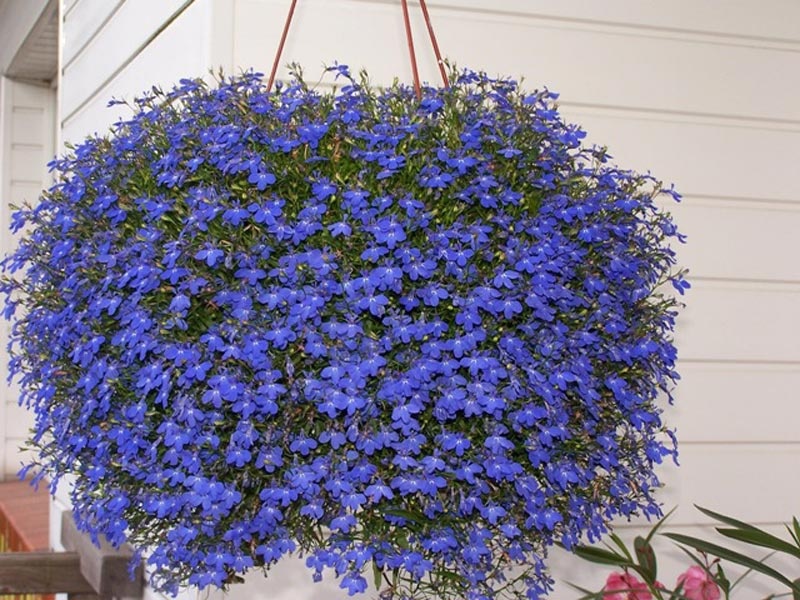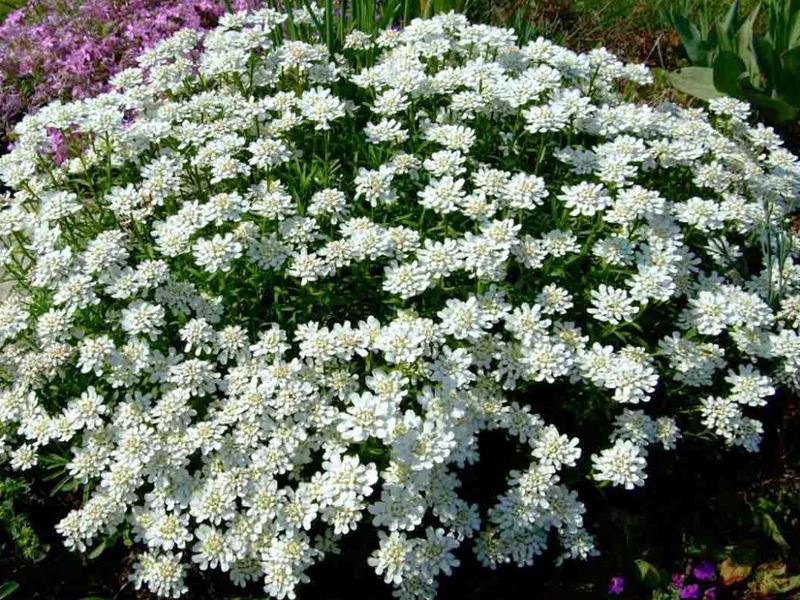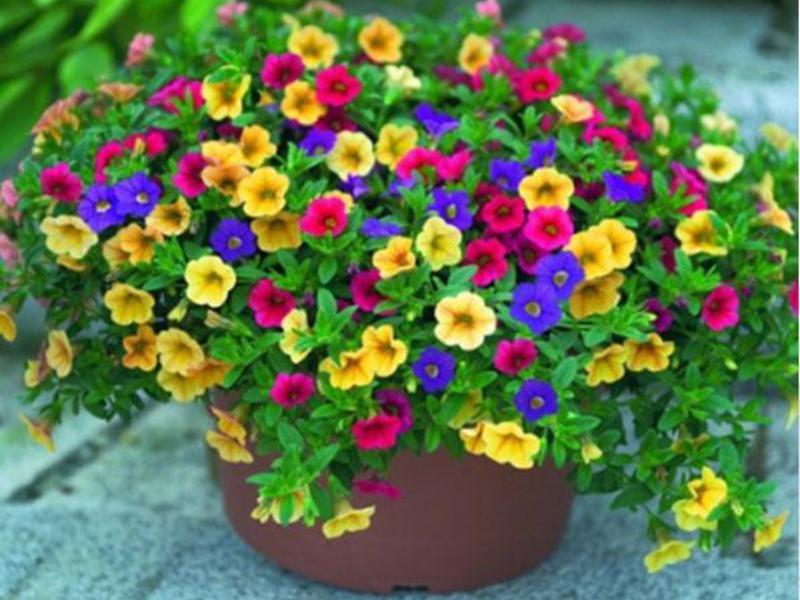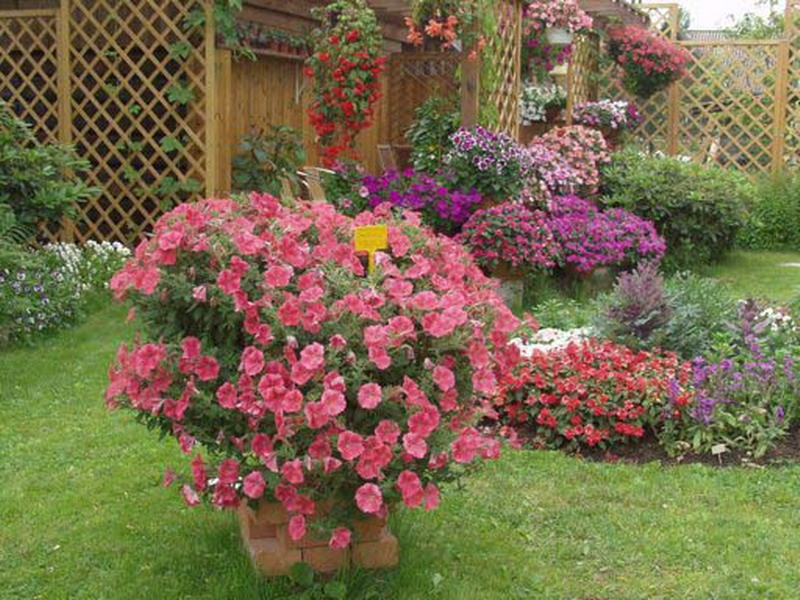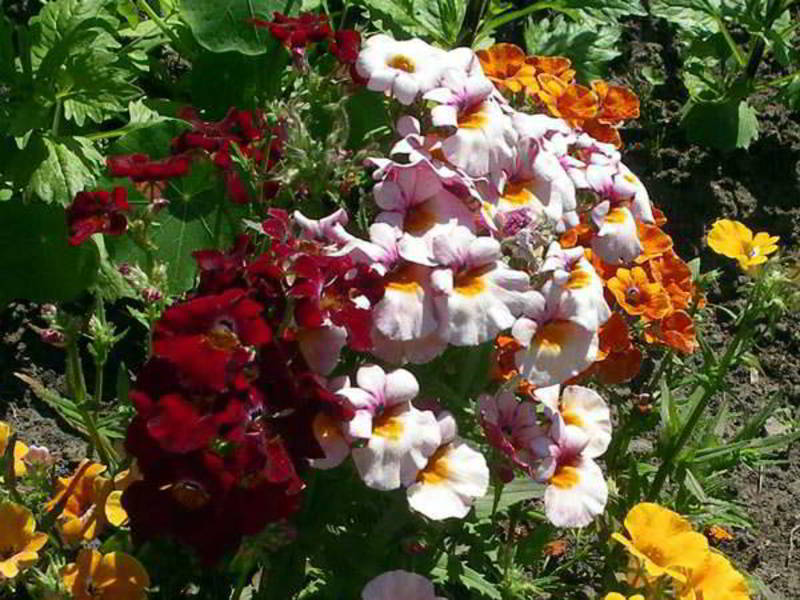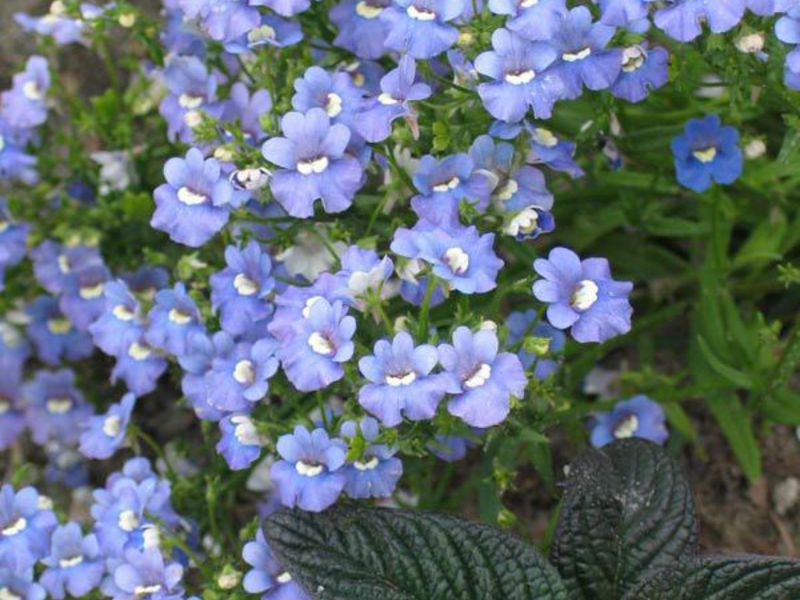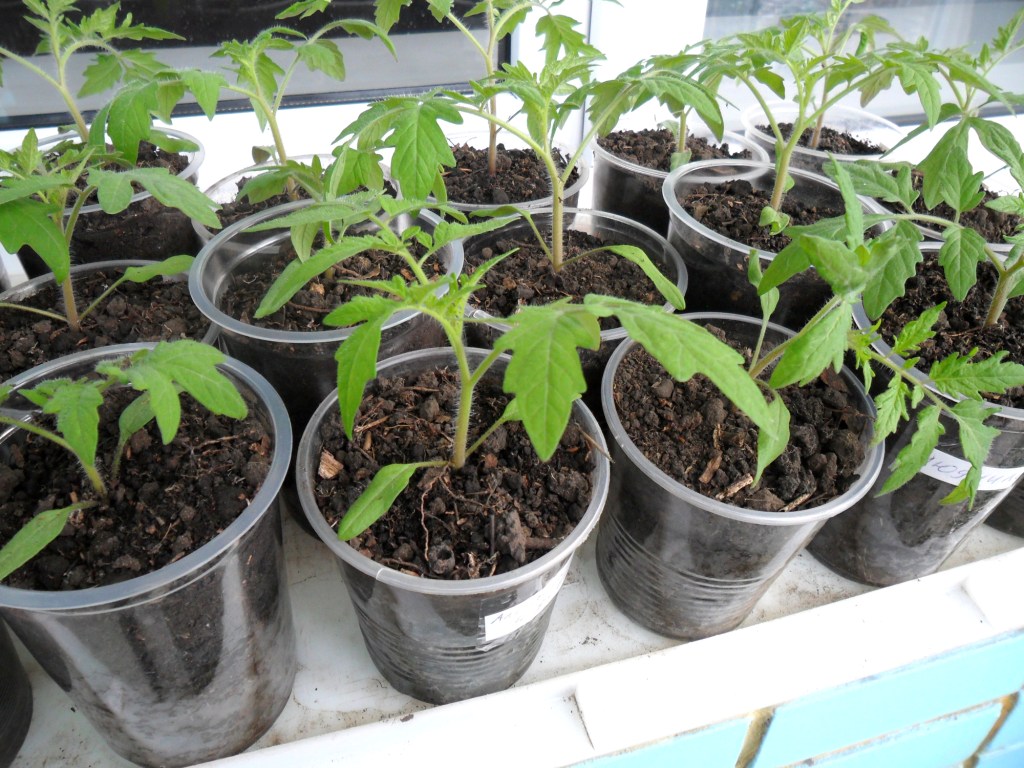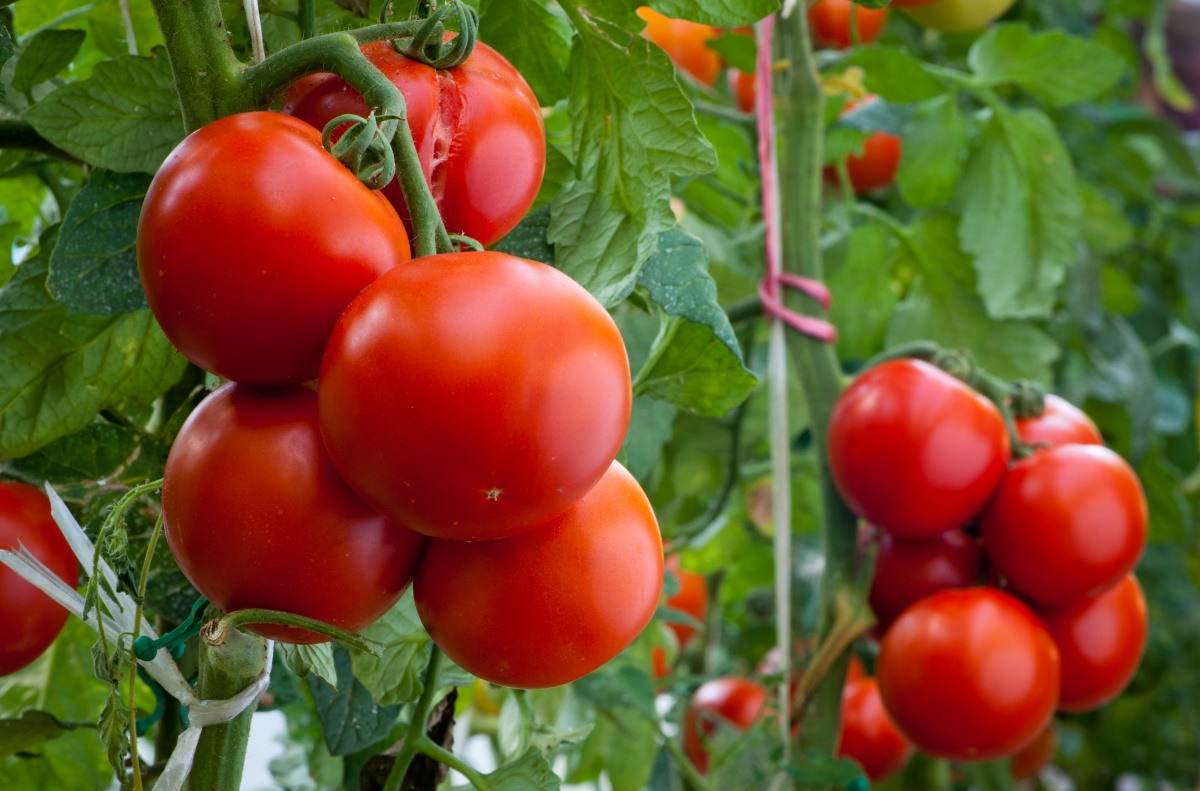The perennial nemesia flower of amazing beauty is able to grow in almost any conditions. Its long root obtains food and moisture even from poor stony soils. However, it cannot resist winter frosts, so in regions with severe winters, the plant is grown as an annual. Any garden plot can be decorated with bright nemesia flowers. When grown from seed and properly cared for, this amazingly beautiful plant will bloom from June to the very frost.
Content
General description, varieties and photos of the flower
Nemesias are herbaceous plants or shrubs. height from 30 to 60 cm... Their tetrahedral, branched, erect stems can be pubescent or smooth. Serrated or whole sessile leaves are opposite. Apical racemose inflorescences consist of irregularly shaped purple, white, yellow flowers. The fruit is a polyspermous capsule. The elongated seeds, dressed in a whitish openwork seed flower, remain viable for two years.
Nemesia grown from seeds blooms already on the twentieth day after germination, and blooms until frost. The flower is bred to decorate garden plots, living quarters and making bouquets. Nemesia there are about 50 species, among which in our latitudes are used:
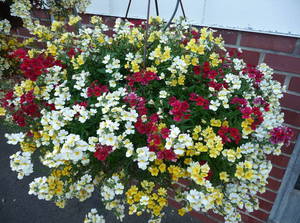 Hybrid nemesia is the most popular flower among gardeners. The plant is obtained by crossing multi-colored and goiter species. Annual 15-60 cm high blooms profusely with inflorescences of various colors. The flowers reach two centimeters in diameter and bloom in early June.
Hybrid nemesia is the most popular flower among gardeners. The plant is obtained by crossing multi-colored and goiter species. Annual 15-60 cm high blooms profusely with inflorescences of various colors. The flowers reach two centimeters in diameter and bloom in early June.- Goiter nemesia is an annual plant, the height of which reaches 30-40 cm. Red, pink, yellow, orange and variegated flowers reach two centimeters in diameter.
- Nemesia azure is a perennial plant grown in gardens as an annual. The height of the bush reaches 40 cm. In June, large white, blue, pink or blue flowers bloom on the tops of the shoots. Flowering continues for three months.
- Nemesia multicolored is similar to the goiter-like plant, but differs in smaller flowers, which may have a color like forget-me-nots or be bright blue.
Specialty stores sell seeds of nemesia "Carnival"... One package contains flowers of pink, white, yellow and red colors. Their leaves are almost invisible, but beautiful, large flowers bloom on one branched bush.
Growing nemesia from seeds
It is best to grow plants from seeds, because when dividing a bush, their long roots are easily damaged, and the flower takes a long time to take root. The seeds can be purchased from the store or collected from faded flowers. You can sow them in a rhinestone on a flower bed, or first grow seedlings. Plants planted in open ground will begin to bloom later, so experienced flower growers grow nemesia seedlings.
The design of multi-tiered spectacular compositions on flower beds will not work without the use of small flowering flowers:https://flowers.bigbadmole.com/en/sadovye-rasteniya/nizkoroslye-cvety-dlya-klumby-nazvaniya-i-foto.html
Planting seeds for seedlings
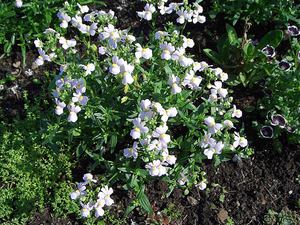 To get active flowering by the beginning of summer, seeds for seedlings sown at the end of March... Seedling tanks are filled with moisture-absorbing loose soil, which is moistened. Seeds of nemesia are very small, so you do not need to sprinkle them on top, but only moisten them with a spray bottle with water at room temperature, and cover them with glass or polyethylene.
To get active flowering by the beginning of summer, seeds for seedlings sown at the end of March... Seedling tanks are filled with moisture-absorbing loose soil, which is moistened. Seeds of nemesia are very small, so you do not need to sprinkle them on top, but only moisten them with a spray bottle with water at room temperature, and cover them with glass or polyethylene.
Seedling boxes are removed in a warm place with an air temperature of + 20C. To avoid stagnant moisture, the soil must be ventilated daily. The first seedlings will sprout in 10-14 days. You will immediately need to remove the glass from them and put them in a well-lit but cool place. with an air temperature of + 8- + 10C.
Seven days after the sprouts appear, the soil is watered with a fertilizer solution containing nitrogen and potassium. Sents with two or three true leaves dive into separate cups or pots. This will happen about three to four weeks after sowing. Seedling care involves keeping it in a well-lit place with an air temperature within + 13C, and regular soil moisture. Drying of the coma and the formation of a crust on the surface of the soil must not be allowed.
In June, matured young plants with flowers on the shoots are planted in open ground. The weather at this time should be warm, without night frosts. Seedlings are planted in the ground at a distance of 15-20 cm from each other.
Sowing seeds in open ground
Seeds are sown on well-lit areas with light and moist, drained soils. When they land, which should take place in April or May, it is recommended to observe the following recommendations:
- After sowing, the top layer of soil is not rammed, but mulched with a thin layer of peat.
- From above, the seeds planted in the ground are sprayed from a sprayer and covered with a film.
- Sprouted and grown seedlings are thinned out. A distance of 25 cm should be obtained between them. The strongest shoots are left for cultivation. More frequent planting leads to fungal diseases and faded blooms.
- On warm days, the film is removed to ventilate and harden young plants.
- Seedling care consists in keeping the soil moist, removing weeds and feeding once every two weeks with complex fertilizers for flowering plants.
Growing lobelia from seeds at home:https://flowers.bigbadmole.com/en/sadovye-cvety/vyraschivanie-lobelii-iz-semyan-v-domashnih-usloviyah.html
Features of the care of nemesia
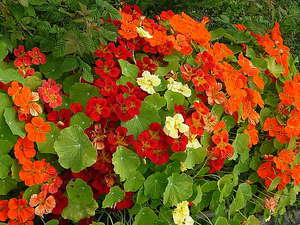 Nemesia seedlings planted in open ground are very demanding on soil moisture. On hot days, the soil dries out quickly, and if the plant is not watered in time, it will die. Therefore, the nemesians land on moderately moist soils, and the soil between them is covered with mulch. This will help keep the soil moist and rid the plant of weeds. When choosing a place to plant a flower, one should take into account the fact that nemesia turns its buds towards the sun.
Nemesia seedlings planted in open ground are very demanding on soil moisture. On hot days, the soil dries out quickly, and if the plant is not watered in time, it will die. Therefore, the nemesians land on moderately moist soils, and the soil between them is covered with mulch. This will help keep the soil moist and rid the plant of weeds. When choosing a place to plant a flower, one should take into account the fact that nemesia turns its buds towards the sun.
The decorativeness and splendor of the flower will be given by fertilizing with complex mineral fertilizers. However, it is not recommended to feed more than four times per nemesia season.
The flowering of the plant can be prolonged by regularly removing the dead flowers. If you want the faded nemesia to bloom again, then the tops of the shoots must be cut off. After a while, the plant will give new shoots and bloom again.
When caring for nemesia, do not forget to periodically weed the weeds and loosen the ground. This is best done after the next watering.
Diseases and pests of nemesia
Due to its moisture content, the plant susceptible to fungal diseases... For prevention, it is recommended to water the flower regularly, but so that there is no stagnation of water in the soil. If the roots and stems have all started to rot, they can be treated with fungicidal preparations.
Of the pests, nemesia is most often affected by spider mites. When it appears on the leaves, you can find a sticky cobweb and the pest itself, which is red or green in color and measures only 0.5 mm. The tick feeds on plant sap, so over time, the leaves begin to dry out and fall off. Since the pest multiplies very quickly, it is urgent to take measures to eliminate it. For this, the bushes are sprayed with one of the following drugs:
- Talstar;
- Fitoverm;
- "Karate";
- Aktelikom;
- "Akarin".
The whole plant and the soil under it are treated with solutions at intervals of once every seven days.
Spider mite on indoor plants: how to fight at home?https://flowers.bigbadmole.com/en/bolezni-rasteniy/pautinnyy-klesch-na-komnatnyh-rasteniyah-kak-borotsya-v-domashnih-usloviyah.html
Nemesia in landscape design
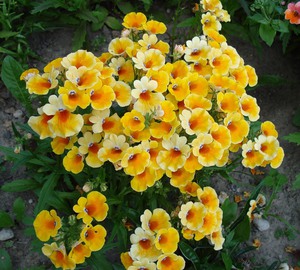 The handsome flower will look great in any type of flower bed. If you need to emphasize the opposite or make a color accent, then nemesia is perfect. With its help, you can make a light spot on the lawn or decorate flower beds, rockeries, alpine slides or curbs... Flowers planted in hanging pots will decorate a balcony, veranda, gazebo.
The handsome flower will look great in any type of flower bed. If you need to emphasize the opposite or make a color accent, then nemesia is perfect. With its help, you can make a light spot on the lawn or decorate flower beds, rockeries, alpine slides or curbs... Flowers planted in hanging pots will decorate a balcony, veranda, gazebo.
Nemesia, whose homeland is Africa, looks good both as a single plant and in group plantings with marigolds, pansies, petunias, lobelias, marigolds. It will be appropriate for fountains and reservoirs.
However, it is not recommended to plant nemesia near snapdragons, as their flowers are very similar and the plants will simply merge.
If you are tired of the same paints, then you can simply plant nemesia. With proper planting and care, the flower will bloom, and throughout the summer it will decorate a garden plot, balcony or windowsill with its unusually beautiful, bright flowers.
